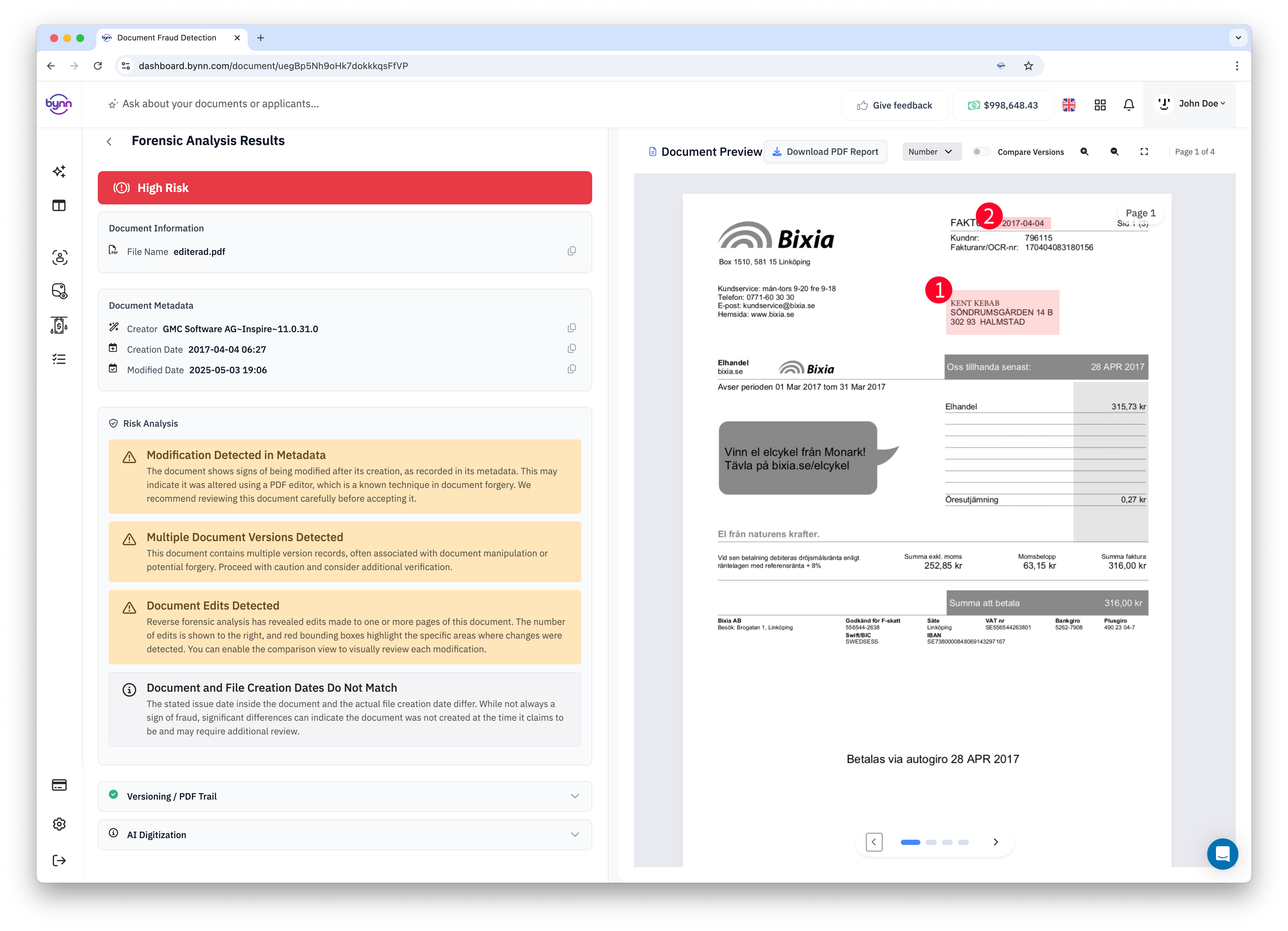How to Verify the Authenticity of Digital Documents: Step-by-Step FAQ

Report fraud refers to the manipulation, forgery, or unauthorized change of standard documents such as IDs, financial claims, or certificates. In the current digital world, fraudsters use superior application to produce document fraud detection that may be problematic for the human eye to detect. As more organizations shift on line, the requirement for reliable document proof is now critical.

How does AI help in sensing file fraud?
Synthetic Intelligence employs equipment learning methods and strong understanding versions to recognize inconsistencies that individual writers may miss. AI programs may analyze fonts, signatures, watermarks, metadata, and actually pixel-level details to ascertain authenticity. By evaluating documents against huge sources, AI may quickly banner suspicious items.
What systems does AI use for scam recognition?
AI mixes multiple technologies, including Visual Personality Recognition (OCR), Organic Language Running (NLP), and picture recognition. OCR changes scanned or photographed text into machine-readable kind, while NLP helps interpret record situation and intent. Image recognition detects visible defects such as mismatched logos, inappropriate styles, or refined alterations.
How come AI more effective than traditional techniques?
Traditional verification frequently relies on guide checks, which are time-consuming and vulnerable to individual error. AI automates this technique, giving quicker and more precise results. Unlike manual examination, AI can constantly study from new scam styles, changing their types to discover even the newest types of deception.
May AI reduce scam before it happens?
Sure, predictive AI models may recognize unusual behaviors or file distribution patterns that suggest possible fraud. For instance, if numerous cast IDs result from exactly the same IP address or area, the system can induce an early on alert. That positive strategy enables agencies to stop fraud attempts before they trigger damage.
Which industries gain many from AI-powered scam detection?
Banks, government agencies, insurance businesses, and e-commerce platforms are among the greatest beneficiaries. These sectors manage big sizes of sensitive and painful knowledge and count heavily on record credibility for decision-making. AI resources help streamline affirmation, reduce chance, and assure submission with regulatory standards.
What does the long run maintain for AI in file confirmation?
The future appears encouraging as AI continues to evolve. Integration with blockchain engineering could make record evidence even safer and transparent. As AI types improve, they'll discover scam faster, decrease false positives, and build greater trust in electronic transactions.
In summary, AI is not just detecting report fraud—it is redefining how reliability is established in the electronic era. By combining rate, precision, and flexibility, AI supplies a effective shield against the growing danger of file manipulation.
